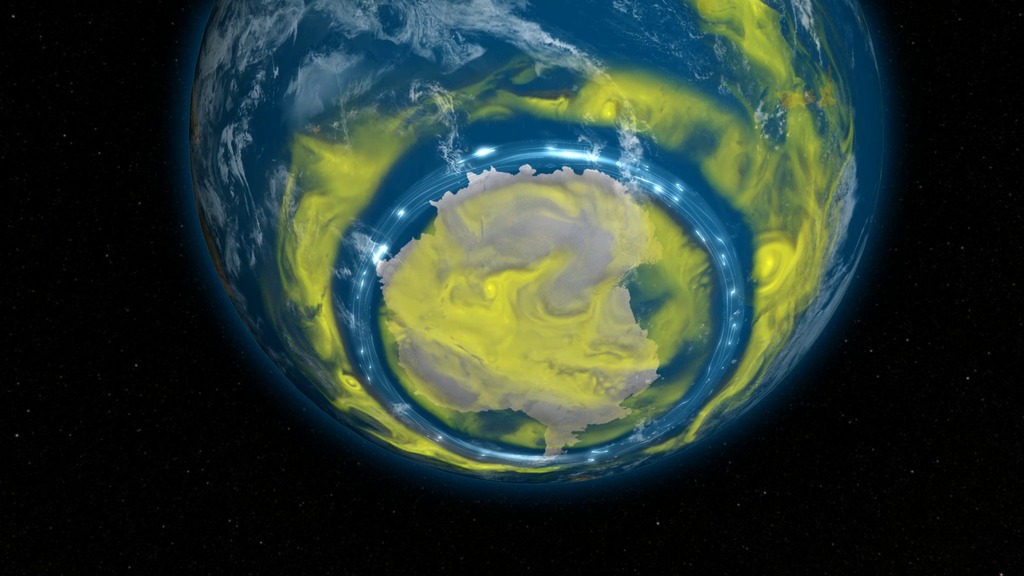Big Ozone Holes Going Extinct

NASA scientists say large ozone holes will be a thing of the past by 2040.
Good news: The next three decades will see an end to the era of big ozone holes. NASA scientists report in a new study that the Antarctic ozone hole will be consistently smaller than 8 million square miles by the year 2040. Man-made chemicals in the atmosphere cause a hole to form in the ozone layer over Antarctica each year. Although emissions of these chemicals have been declining in recent years thanks to the 1989 Montreal Protocol, which bans the production of ozone-depleting substances, max ozone hole sizes have remained larger than 8 million square miles since the early 1990s. Using data collected by NASA’s Aura satellite, scientists were able to determine how chemical levels in the ozone hole varied each year, and predict how hole sizes would change in the future. Watch the video to learn more.
Learn more about the ozone hole and its road to recovery in this video.

The ozone hole is a seasonal thinning of the ozone layer over Antarctica. Satellite observations (above) show how hole sizes vary each year.

The ozone hole is caused by man-made chemicals (yellow) that accumulate over the pole in the Southern Hemisphere.

The chemicals react with ice clouds (above) located high in the atmosphere, resulting in the destruction of ozone.

NASA's Aura satellite has monitored levels of ozone-depleting chemicals in Earth's atmosphere since its launch in 2004.
Credits
Please give credit for this item to:
NASA's Goddard Space Flight Center
-
Producers
- Joy Ng (USRA)
- Kayvon Sharghi (USRA)
-
Scientist
- Susan Strahan (USRA)
-
Animators
- Walt Feimer (HTSI)
- Vuk Nikolic (Freelance)
- Brian Monroe (USRA)
-
Writer
- Joy Ng (USRA)
Release date
This page was originally published on Thursday, May 14, 2015.
This page was last updated on Wednesday, May 3, 2023 at 1:49 PM EDT.
